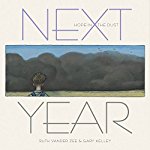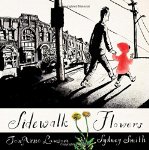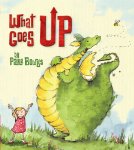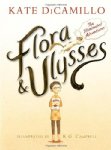One of my favorite series of books that I turn to when I need a pick-me-up are the Brambly Hedge stories. The characters in these tales are mice and voles, and they live in a beautiful countryside world working, playing, and celebrating together. When you enter the world of Brambly Hedge you are immediately wrapped in a cozy blanket of friendship and good cheer. Here problems are solved through hard work, creativity, and cooperation. Life is simple and rich. When your visit is over you will return to the 'real' world warmed through, hopeful, and ready to face what comes next.
 In the last few years two collections of these little books have been republished. One box set contains four adventure story picture books, and the other contains four seasonal story picture books. I am lucky enough to have one of these sets and today I bring you a review of one of the stories in the collection. All four of the stories in the set are a joy to read and share.
In the last few years two collections of these little books have been republished. One box set contains four adventure story picture books, and the other contains four seasonal story picture books. I am lucky enough to have one of these sets and today I bring you a review of one of the stories in the collection. All four of the stories in the set are a joy to read and share.
Jill Barklem
Picture Book
Ages 5 and up
HarperCollins, 2014, 978-0-00-746145-5
In just a few short hours the Midwinter
celebration is going to take place. All the Brambley Hedge mice are busy
preparing for this big event. In the Old Oak Palace, Primrose and her friend
Wilfred are trying to find a quiet place where they can practice the recitation
that they are going to give in the evening. They also need to find something to
wear for their performance; something special.
Luckily Primrose’s mother is very
knowledgeable and she advises the little mice to go up into the attics. There
they will be able to practice in peace, and it is very likely that they will
find some good costumes to wear as well.
While they are exploring the attics,
Primrose and Wilfred discover a hidden door, and behind it there is a long
winding staircase. At the top of the staircase the mice children find the most
beautiful and elaborate room. In fact, there are a whole set of rooms up there that
are packed with fascinating things to look at. Wilfred and Primrose have their
very own secret house to play in and to explore.
Young readers will be hard put not to feel
very envious of the young mice friends in
this Brambly Hedge tale; what a delightful adventure they have. With a wonderful
story and beautiful illustrations that are packed with cunning little details,
this is a book that young readers and their families will treasure.

















